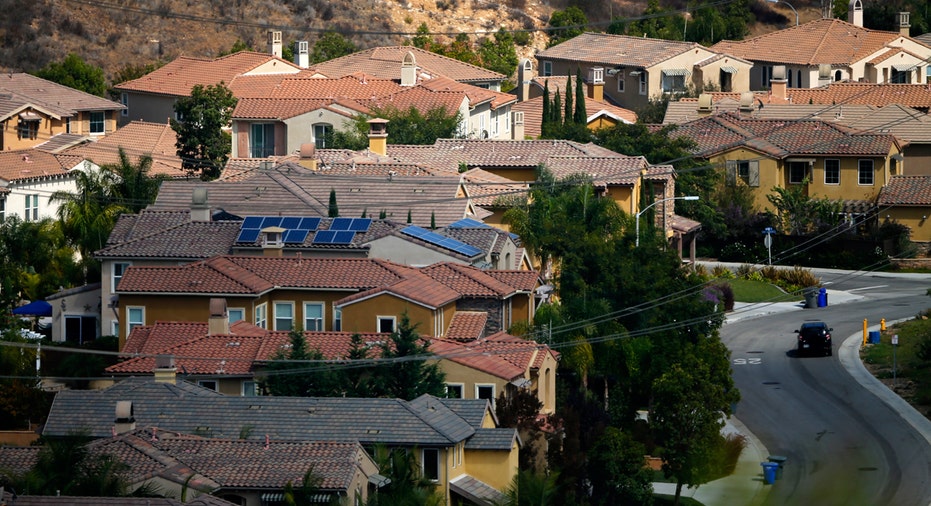New Study Shows a Million Fewer Underwater Homeowners

When the housing bubble burst, the subsequent crash in housing prices left millions of homeowners "underwater," owing more on their homes than they were worth. At the peak of the crisis in the first quarter of 2012, 31.4% of homeowners were underwater.
Fortunately, the situation has improved considerably since then. The recent rise in home prices has brought quite a few people out of a negative-equity situation. According to online real estate database company, Zillow, in the third quarter of 2015, the total number of underwater homeowners is a bit over six million, a decrease of approximately one million over the previous quarter.
Overall, 13.4% of the nation's homeowners are underwater, compared to 16.9% one year ago. If the definition of underwater is expanded to include those who are effectively trapped in their mortgage because they lack sufficient equity to sell their home and buy another ("effective negative equity"), the number climbs to 30%.
The situation may be improving overall, but some of the hardest-hit markets are having a particularly difficult time recovering from the housing crash. High levels of negative equity tend to distort local markets. It impacts both the supply and demand side by keeping people trapped in their homes, and it floods the market with foreclosed houses, often creating a mismatch of the available properties and the needs of local homebuyers. This makes it difficult to bring the housing market back into balance.
Las Vegas remains the most distressed area with respect to underwater homeowners. A bit more than 22% of homeowners in Vegas remain underwater. Chicago and Atlanta are right behind with 20.6% and 18.6% of underwater homeowners respectively. Only two major markets have fewer than 5% of underwater homeowners — the hot Bay Area markets of San Jose and San Francisco. For those of us who have forgotten what a normal housing market is like, there should be less than 5% of mortgages that are underwater.
In regional terms, greater numbers of underwater homeowners are found in the Southwest, the Southeast, and parts of the Midwest. The highest concentration of effective negative equity is found in the same areas. Las Vegas (41.3%) and Atlanta (37.9%) are still among the highest, but they are joined by Kansas City at 38.1%. San Jose and San Francisco are still two of the lowest at 7.7% and 11% respectively.
Zillow's graphs do not show any underwater or effectively underwater homeowners in two states: Vermont and Wyoming. Apparently, none of the counties has a percentage of underwater homeowners that is above the threshold of 1% or 2%.
Interested in local percentages for negative equity and effective negative equity? You can use the interactive maps on the Q3 2015 update located on the Zillow website to check out the situation in your area, or perhaps an area of interest for a future move.
Another map on the site illustrates the relationship between negative equity and inventory in metropolitan areas. Generally, higher negative equity in an area results in longer inventory times for the reasons discussed above. The national average for a home to be on the market is 78 days, but there are many metro areas with averages of over 100 days. Key West, Florida, tops the list at 138 days.
If you are not underwater or in effective negative equity, consider yourself fortunate. If you are still struggling to get above the mortgage waterline, consider yourself fortunate as well. The trends suggest that before long, you are more likely to escape negative equity. Hang in there.
This article was provided by our partners at moneytips.com
More from MoneyTips.com:Existing Home Sales Raise the RoofWhy We Are Waiting Longer to Buy Our First HomesPending Home Sales Jump to the Highest Level in 9 Years



















